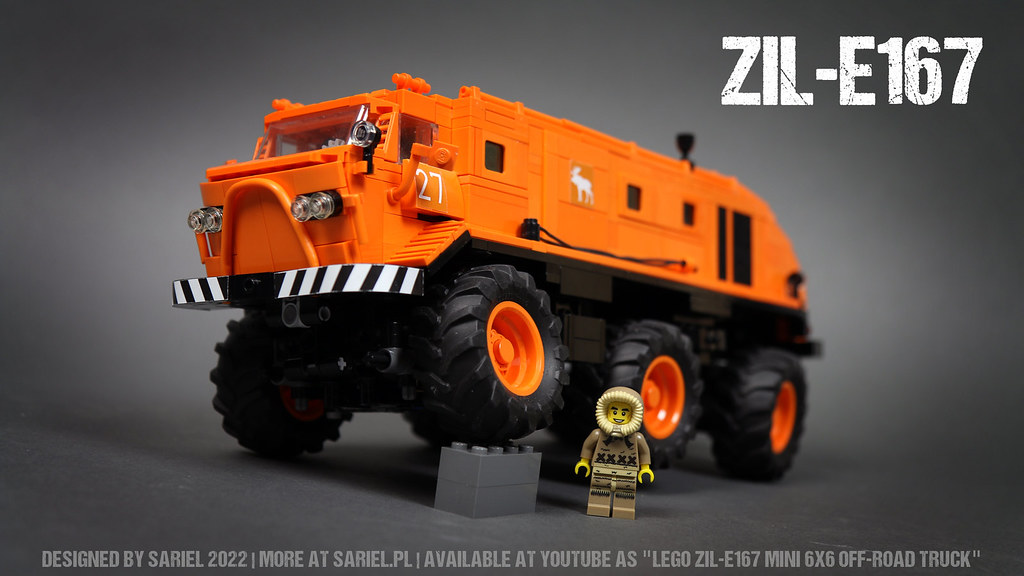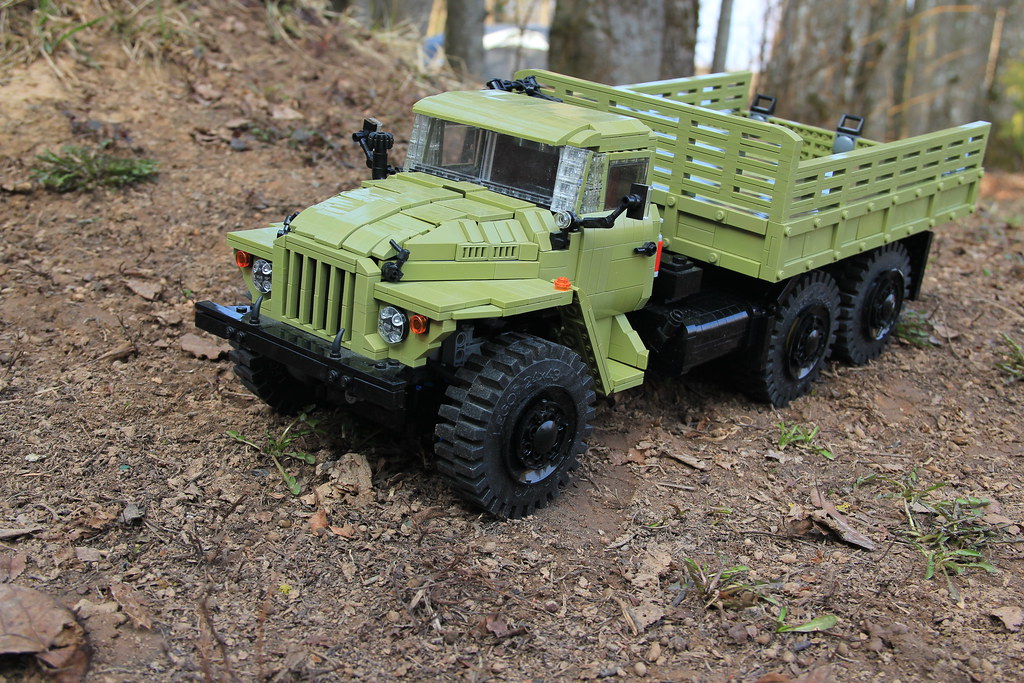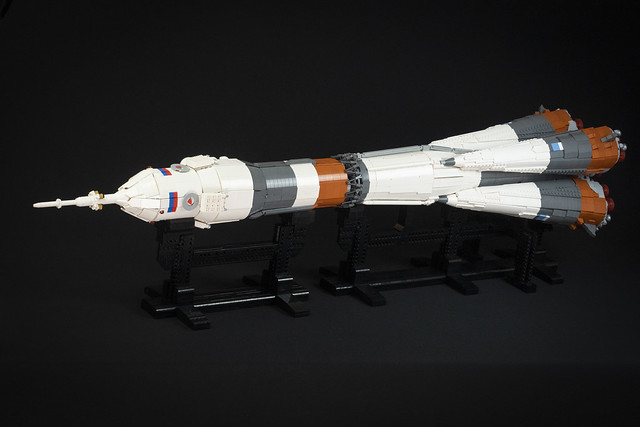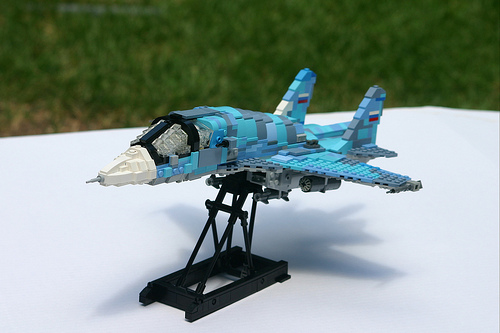The Sukhoi S-37/ Su-47, also known as the “Berkut” (“Беркут” or “Golden Eagle”), may look like something from Japanese anime or Ace Combat, but it was very much a real-world aircraft. A little less than twenty years ago, the Sukhoi design bureau (ОКБ Сухого) proposed this sinister-looking jet as the next-generation air superiority fighter for the Russian Air Force. It was a big black beast, with forward-swept wings for added agility and an internal weapons bay. Sukhoi also planned to add thrust-vectoring engines and an aft-looking radar. Although the design seemed promising, eventually things didn’t quite work out. The advanced features were never finished and only a single prototype ever flew.

In 2018 and 2019 I was part of a group of LEGO builders in Vietnam War and Cold War collaborations, for BrickFair Virginia. For the 2020 event, we’re planning another collaboration. We’ve themed it: “eXperimental Military”. It’s all about X-planes, prototypes and technology demonstrators. S-37 is my first contribution. To fit the styles of the other builders involved, I’ve once again adopted a slightly different aesthetic from my usual studded look. The model is almost completely studless. Rather than using plates and wedge plates for the wings, I built them using bricks mounted on their sides. Hinged sections at the leading and trailing edges hold slopes, to make them less blunt. Minifig scale is quite small and minifigs are a bit awkward. Nonetheless and despite the undercarriage bay underneath, the cockpit can house a minifig pilot, with the canopy closed. The real aircraft was not a success, but it sure makes for a badass looking LEGO model.
Like this article? Tell all your friends!















